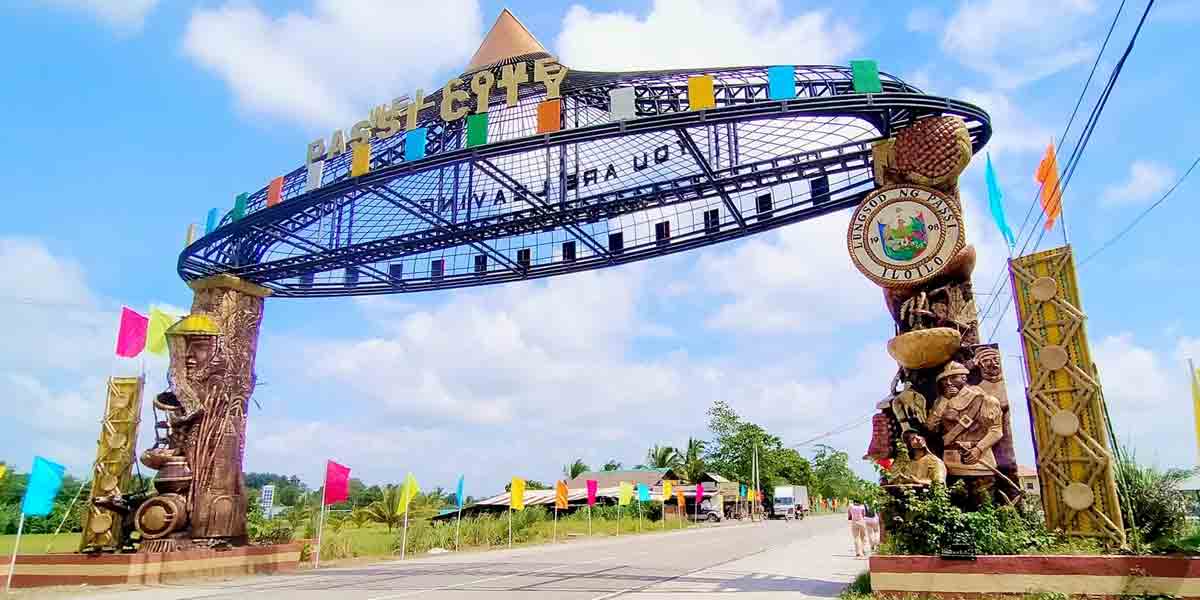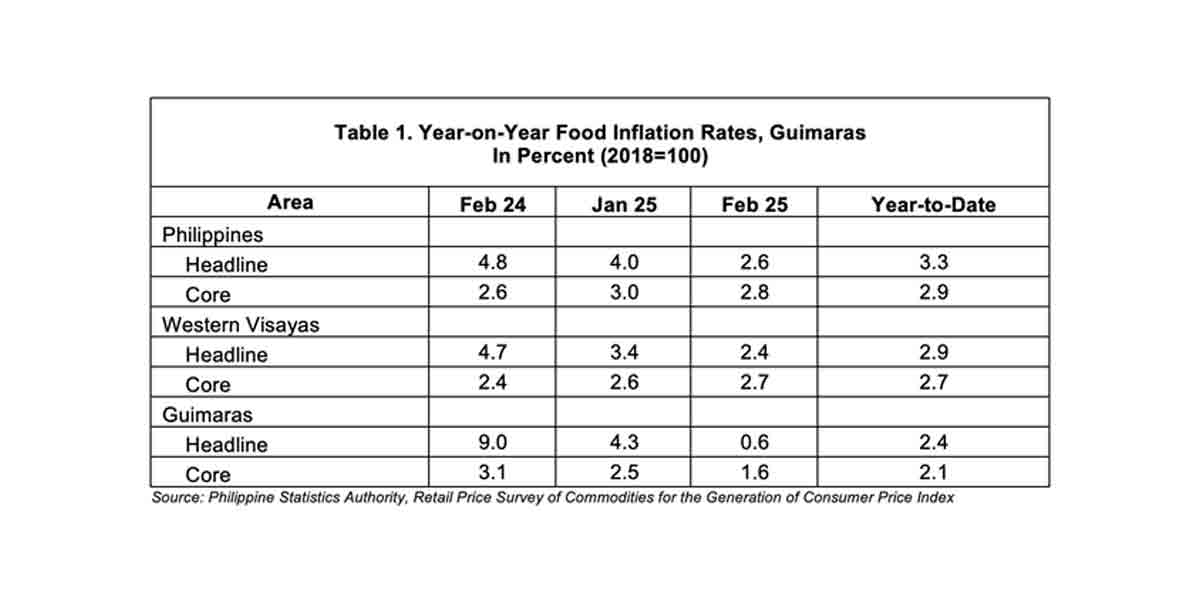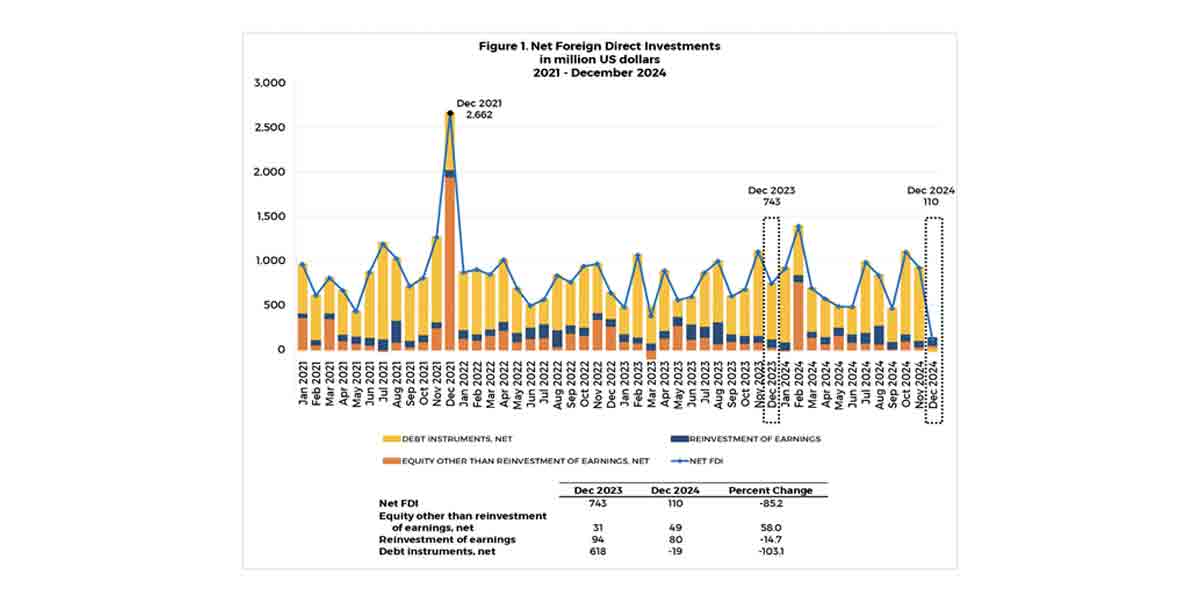By Artchil B. Fernandez
Drag queen Pura Luka Vega created a firestorm with a viral video posted on Twitter. In the controversial video the drag queen is seen wearing a costume inspired by the Black Nazarene while jamming to a remix of Ama Namin (Our Father) with an audience. The video horrified the relatively religious and conservative public.
Eight in ten Filipinos are Catholics. The Black Nazarene is sacred icon to Filipinos whose feast draws 5 million devotees (pre-pandemic level). The Lord’s Prayer is an integral part of the Mass, the most solemn liturgy of the Church.
It is not surprising that the provocative video is a hot and disputed topic both in the social and mainstream media. The more 18 million views of the controversial video is testament to its public impact.
The digital world in particular is ablaze with varied reactions to the video ranging from approval to harsh condemnation. “Blasphemous and offensive” cried those who are angry at the video and “freedom of expression…fun and celebrate queer art with no harm intended” to those who saw nothing wrong with it.
To understand the hullabaloo on the highly contentious video, it is necessary to step back and look at the picture from queer perspective. Pura Luka Vega in a CNN PH interview admitted that the performance was his/her way to heal as a queer Catholic.
The word “queer” is a derogatory term which meant “strange” or “odd” or “unusual.” It is a slur usually directed at homosexual or gender non-conforming men. To be “queer” is to be “weird” or worse “abnormal.”
At the height of AIDS/HIV activism in the 90s “queer” was appropriated by activists, academics, scholars, individuals and communities and infused it with new meaning. In the US, activist group Queer Nation emerged, reclaiming “queer.” Queer Nation declared “queer” is their way of reminding themselves how they are perceived by the rest of the world. By reclaiming “queer,” long associated with shame, the group gives the word “an ability to be a catalyst for radical questioning and disruption of norms that marginalize sexual minorities” (Queer Nation 1990).
In the academia, “queer movement” gave birth to queer theory, coined by Teresa de Lauretis (1991). The theory is a post-structuralist critique of gay and lesbian studies and challenges the naturalization of socially constructed categories of gender and sexuality. The problem contend Berlant and Warner (1998) is “heteronormativity” which privileges “heterosexuality” – binary or straight view (male/man and female/woman) of gender to the exclusion and suppression of those who fall outside this purview consequently rendering them invisible.
The normalization and naturalization of straight view is problematic for queer theory which looks at sexuality and gender as fluid, flexible and elastic. Gender is socially constructed (Sedgwick 1990) and performative (Butler 1990) therefore not given or natural. Taking a post-modern position on gender and sexuality, queer theory contests the heterosexual notion and challenges its dominance and hegemony.
How do queers confront and pierce the supremacy of straight view? – through transgression. Transgression is queer weapon designed to upset the established order or the status quo (heteronormativity) thus exposing it as not natural and revealing the exclusion and invisibility of those who do not conform to the dominant position.
Mary Nardini Gang, an anarchist queer group proclaimed “Be Gay Do Crime” as their motto. They are not advocating that queers hurt people. What they mean is being queer or gay is considered a “crime” by society since it does not conform to accepted social norms. Acting or behaving queer or gay breaks societal norms hence a “crime” in the eyes of society. To be gay or queer is to do “crime” and is the group’s way of asserting their persons. Transgression is both an act of protest and self-affirmation.
In the context of queer perspective, there is nothing wrong with Pura Luka Vega queering the Black Nazarene and the Lord’s Prayer. From queer standpoint, s/he merely highlighted the invisibility, exclusion, and suppression of queer people. The fact that it shocked, disturbed, and offended the public only proves the point. It was indeed blasphemous to “heteronormativity” and an affront to “heterosexuality.”
While the action of Pura Luka Vega did illuminate the cause of queer people and put it into national conversation, it is another story if it was helpful in advancing the cause of LGBTQ+ community in a relatively traditional and religious society like the Philippines. Durkheim (1982) argues that “crime” has positive functions in society for it reaffirms the boundaries of acceptable behavior and strengthens the community through sense of belongingness and collective outrage.
Viewed from Durkheimian lens, the transgression of Pura Luka Vega may have achieved the opposite of what it intended. The backlash may have served to reaffirm “heteronormativity” as the hegemonic sexual and gender norm of society instead of denting its dominance. It may have also strengthened and even tightened the stranglehold of “heterosexuality” or the straight view over the vast majority of the populace.
More worrying, the controversial video has provided lethal ammunition to the homophobic section of the population to further undermine the cause of LGBTQ+ community. It may have also stoked the bias and reinforced the prejudice of the conservative public against the LGBTQ+ community, particularly queer people.
From a tactical viewpoint, the transgression of Pura Luka Vega may have a short-term benefit to the queer cause but may have undermined it in the long-run. Will transgression bring in more allies or will it not only turn-off potential allies but drive away people from the LGBTQ+ movement? Is “poking the bear” the best means to an end?

























